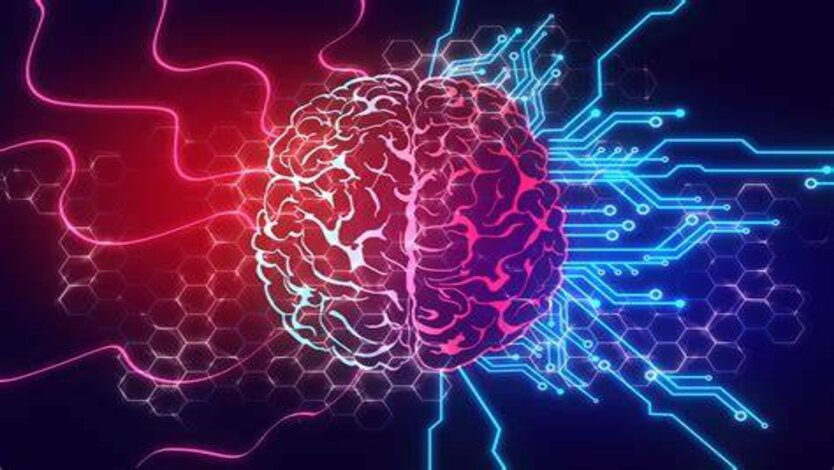Unveiling the Wonders of Neural Networks: A Deep Dive
Introduction
For Free Demo classes Click Here!
In the realm of artificial intelligence and machine learning, few concepts have garnered as much attention and revolutionized various industries as neural networks. Inspired by the complex interconnectedness of the human brain, neural networks have enabled computers to perform tasks once thought to be the exclusive domain of human intelligence. In this blog, we'll embark on a journey to explore the fascinating world of neural networks, understanding their architecture, applications, and impact on modern technology.
The Building Blocks: Neurons and Layers
At the heart of a neural network lies the neuron, the fundamental unit that mimics the behavior of biological neurons. Neurons process and transmit information, receiving inputs, applying weights to them, and producing outputs through an activation function. A neural network comprises layers of these interconnected neurons, each serving a specific purpose in the information transformation process.
For Free Demo classes Click Here!
Input Layer: This is where data is initially fed into the network. Each neuron in this layer represents a feature or attribute of the input data.
Hidden Layers: In between the input and output layers lie one or more hidden layers. These layers process and transform the input data through weighted connections, applying complex transformations that allow the network to learn patterns, relationships, and features within the data.
Output Layer: The final layer produces the network's prediction or output based on the patterns and information learned during training.
Training: Unleashing the Power of Learning
Neural networks wouldn't be revolutionary if they couldn't learn from data. The process of training a neural network involves presenting it with a labeled dataset and allowing it to adjust its internal parameters (weights) to minimize the difference between its predictions and the actual labels. This is done through a process called backpropagation, where errors are propagated backward through the layers to update the weights accordingly.
For Free Demo classes Click Here!
Types of Neural Networks
The incredible versatility of neural networks has led to the development of various architectures, each tailored to specific tasks and data types. Here are a few notable types:
Feedforward Neural Networks (FNN): The simplest type, where data flows only in one direction, from input to output.
Convolutional Neural Networks (CNN): Optimized for image and video analysis, CNNs use specialized layers to detect features in visual data, making them incredibly effective in tasks like image classification and object detection.
Recurrent Neural Networks (RNN): Designed for sequential data like text and time series, RNNs have internal loops that allow them to retain information from previous steps, making them suitable for tasks like natural language processing and speech recognition.
Long Short-Term Memory Networks (LSTM) and Gated Recurrent Units (GRU): These are advanced versions of RNNs that mitigate the vanishing gradient problem, enabling them to capture long-range dependencies in sequential data.
Generative Adversarial Networks (GAN): Consisting of a generator and a discriminator, GANs play a fascinating game of generating realistic data and discerning real from fake data. They've been employed in tasks such as image synthesis and style transfer.
Applications and Impact
Neural networks have had a profound impact across a wide range of industries:
Healthcare: They've facilitated disease diagnosis, drug discovery, and medical image analysis, improving patient outcomes.
Finance: Neural networks are used in algorithmic trading, fraud detection, and credit scoring, enhancing decision-making processes.
For Free Demo classes Click Here!
Autonomous Vehicles: CNNs enable real-time object detection and scene understanding, crucial for self-driving cars' safety.
Natural Language Processing: RNNs and transformer architectures like BERT have revolutionized machine translation, sentiment analysis, and chatbots.
Challenges and Future Directions
While neural networks have achieved remarkable success, challenges remain. Training large models requires massive computational resources, raising concerns about energy consumption and environmental impact. Additionally, understanding the decisions made by complex neural networks, often referred to as the "black box" problem, poses ethical and interpretability challenges.
For Free Demo classes Click Here!
Looking ahead, research continues to enhance neural network architectures, improve training efficiency, and address ethical considerations. As technology advances, neural networks will likely play an even more significant role in shaping the future of AI and machine learning.
For Free Demo classes Click Here!
Conclusion
Neural networks have ushered in a new era of AI capabilities, enabling machines to learn, adapt, and perform tasks that were once thought to be exclusively human. Their architecture, training process, and diverse applications showcase their immense potential in revolutionizing industries and reshaping the way we interact with technology. As we navigate this exciting landscape, it's clear that the journey of neural networks is far from over, and their continued evolution promises a future of innovation and discovery.
For Free Demo classes Click Here!
Mentor - Rajesh Chaudhary
Intormation and research are sources from internet.
Tags: #NeuralNetwork #Aap Development #SoftwareDevelopment #nitsglobal #website #blog

